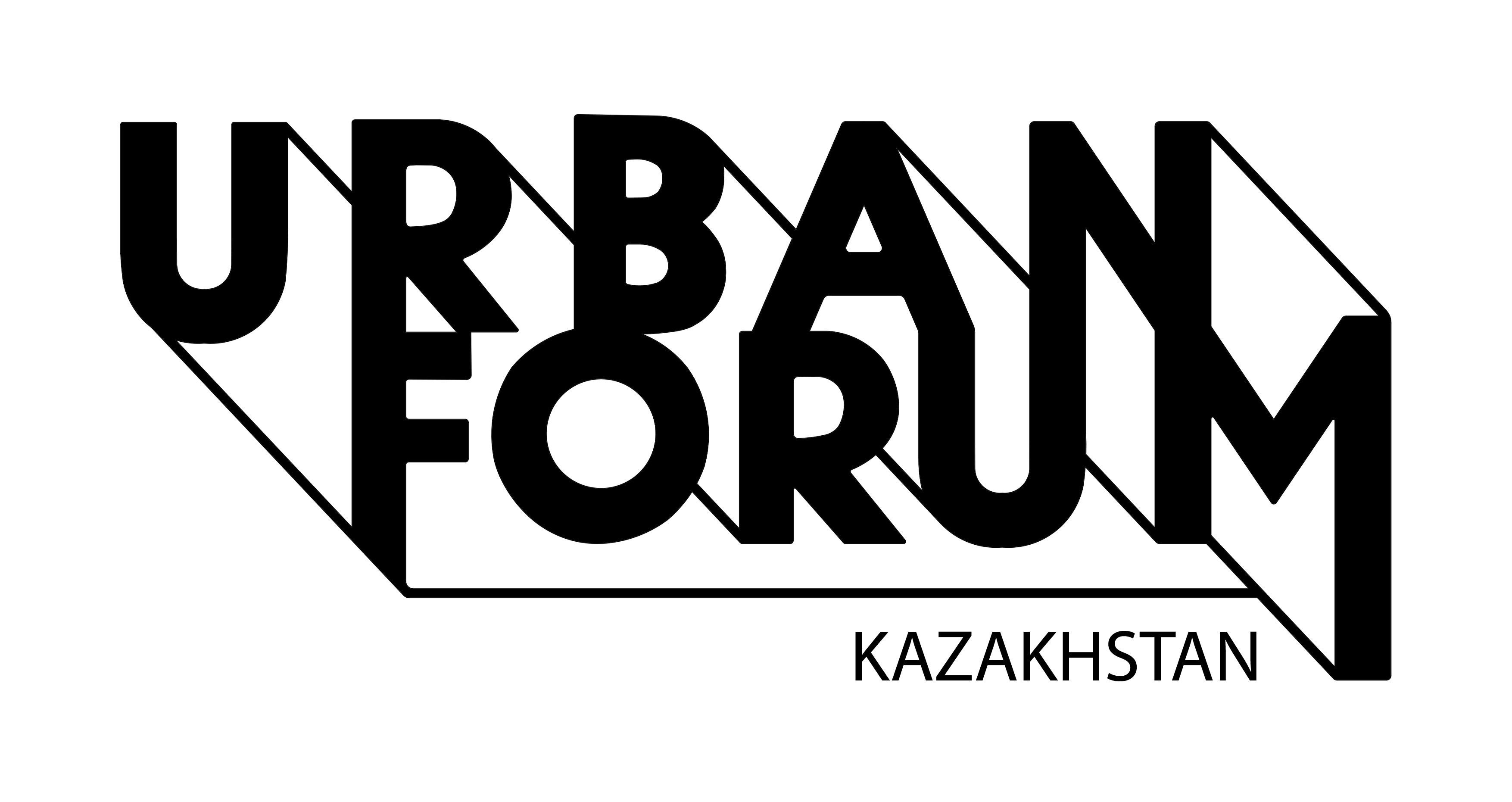URBAN FORUM KAZAKHSTAN
Almaty City Initiatives Networks
Study
The sustainability of civil society depends not only on political activity of the community and individual civil associations, but also on the structure of networks linking community associations. Various forms of social capital (such as trust, information dissemination, etc.) emerge thanks to certain characteristics of social relations. The study examined networks arising between civil initiatives on urban development.
More than half of urban initiatives are legal entities. Second most frequent are the series of projects that are not legal entities. Only two initiatives, as noted by their representatives, are one-time projects that will be terminated once their goals are achieved.
Almaty city initiatives are quite large-scale and active. The average organization has more than seven team members that implemented an average of 3.6 projects in 2017.
The most popular areas of civil initiatives launched earlier in 2015 were Culture and Art, Social Entrepreneurship, Architecture and Design and Issues of Disabled. The most popular areas among the youngest initiatives turned out to be Ecology and Community Development.
Still, many respondents indicated two most popular directions areas of Community Development and Culture and Art.
Most representatives of civil initiatives oftentimes see other urban initiatives and projects as their partners. Donors (international organizations) come second followed by the media as third most popular partner.
More than half of urban initiatives are legal entities. Second most frequent are the series of projects that are not legal entities. Only two initiatives, as noted by their representatives, are one-time projects that will be terminated once their goals are achieved.
Almaty city initiatives are quite large-scale and active. The average organization has more than seven team members that implemented an average of 3.6 projects in 2017.
The most popular areas of civil initiatives launched earlier in 2015 were Culture and Art, Social Entrepreneurship, Architecture and Design and Issues of Disabled. The most popular areas among the youngest initiatives turned out to be Ecology and Community Development.
Still, many respondents indicated two most popular directions areas of Community Development and Culture and Art.
Most representatives of civil initiatives oftentimes see other urban initiatives and projects as their partners. Donors (international organizations) come second followed by the media as third most popular partner.
Conclusions
The study did not cover all Almaty initiatives, but represented their significant part. For many survey respondents their initiative experience was the first of its kind in the civil sector.
There are certain links between activities and tasks activists set for themselves. Thus, improvement initiatives aspire to attract authorities more than the others. It is no wonder as city authorities are the important players when it comes to addressing these issues.
The structure of relations between organizations is weak and indicative of inadequate social capital assets. Almaty city initiatives include a small number of organizations with poorly interlinked partners.
Organizations engaged in one area come into contact more often. This is the so-called "thematic segregation" (focal closure). General data suggests the improvement in the number of urban initiatives. Over recent years, the number of organizations has increased noticeably (although this is not a statistically meaningful trend).
There are certain links between activities and tasks activists set for themselves. Thus, improvement initiatives aspire to attract authorities more than the others. It is no wonder as city authorities are the important players when it comes to addressing these issues.
The structure of relations between organizations is weak and indicative of inadequate social capital assets. Almaty city initiatives include a small number of organizations with poorly interlinked partners.
Organizations engaged in one area come into contact more often. This is the so-called "thematic segregation" (focal closure). General data suggests the improvement in the number of urban initiatives. Over recent years, the number of organizations has increased noticeably (although this is not a statistically meaningful trend).
Recommendations
A growing number of initiatives and people engaged will facilitate an increase in contacts. However, alongside these "natural" processes, extra stimulation of intra-initiative communications and contacts will make sense. UrbanCamp is a good example of face-to-face interaction.
Virtual sites where representatives of the initiatives may share experiences, network and get to know what their city project colleagues do can become an alternative incentive. Adding more information about projects, initiatives, and ideas of other initiatives will help to go beyond the framework of focal closure.
Virtual sites where representatives of the initiatives may share experiences, network and get to know what their city project colleagues do can become an alternative incentive. Adding more information about projects, initiatives, and ideas of other initiatives will help to go beyond the framework of focal closure.

